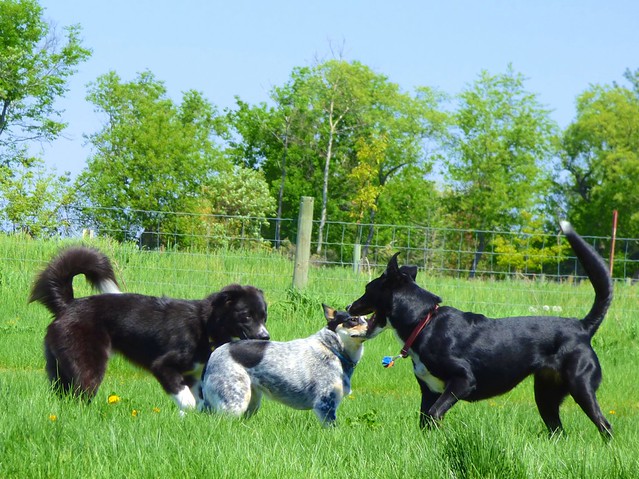 "Let me see your identification."
"Let me see your identification."You don't need to see his identification.
"We don't need to see his identification.
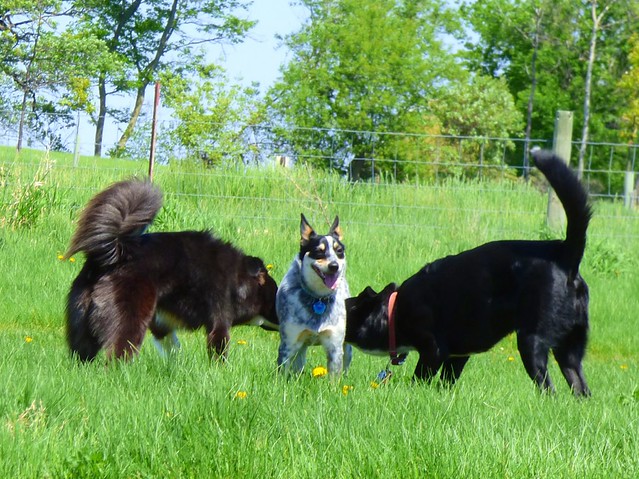 This is the Australian Cattle Dog you are looking for.
This is the Australian Cattle Dog you are looking for. 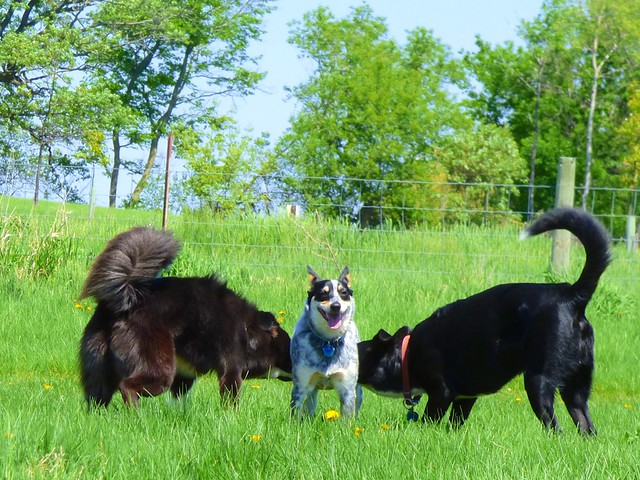 "Yes, this is the Australian Cattle Dog we are looking for."
"Yes, this is the Australian Cattle Dog we are looking for."
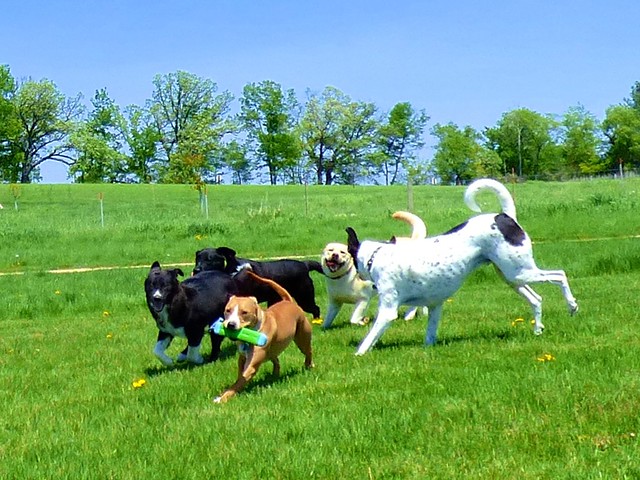 left to right: Cooper, Zeus, Paisley, Iris, and Phoenix.
left to right: Cooper, Zeus, Paisley, Iris, and Phoenix. 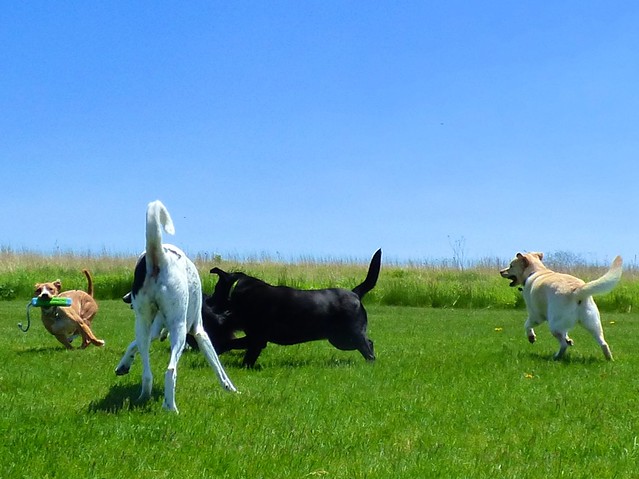
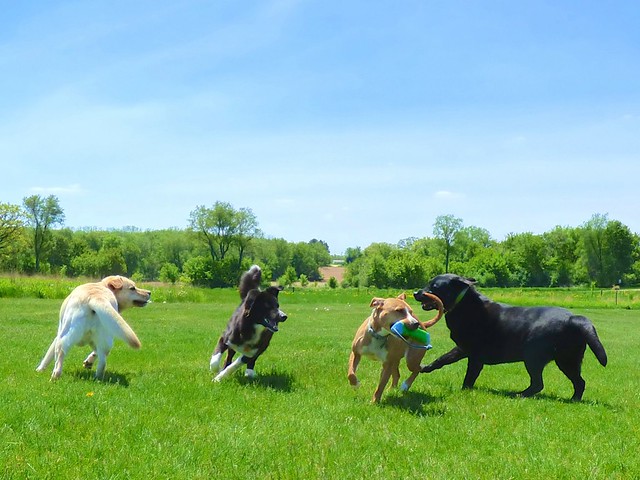 Iris, Cooper, Paisley, Zeus.
Iris, Cooper, Paisley, Zeus. 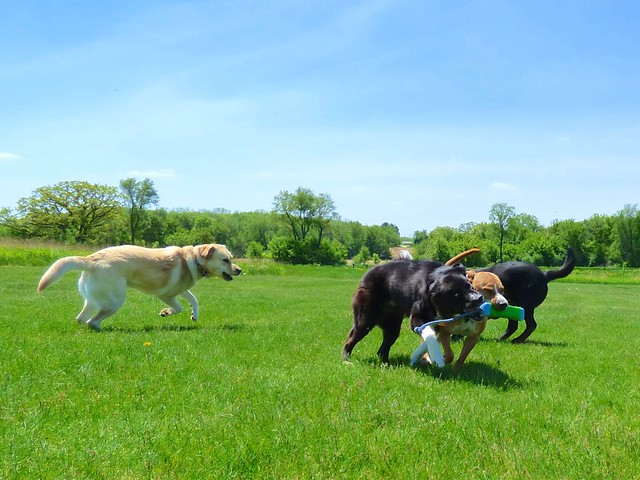
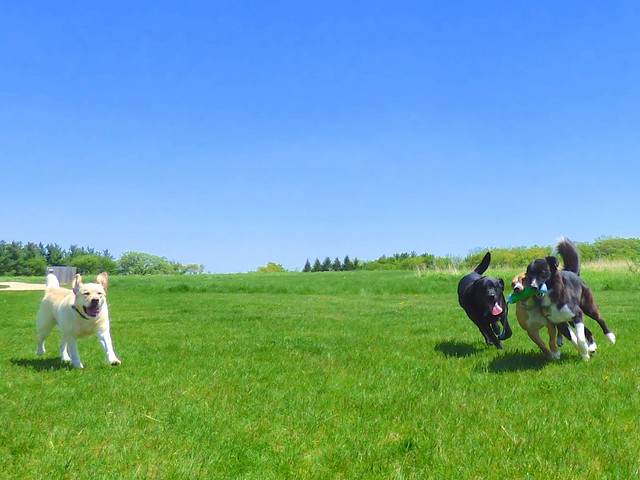 Iris, Zeus, Paisley, Cooper.
Iris, Zeus, Paisley, Cooper. 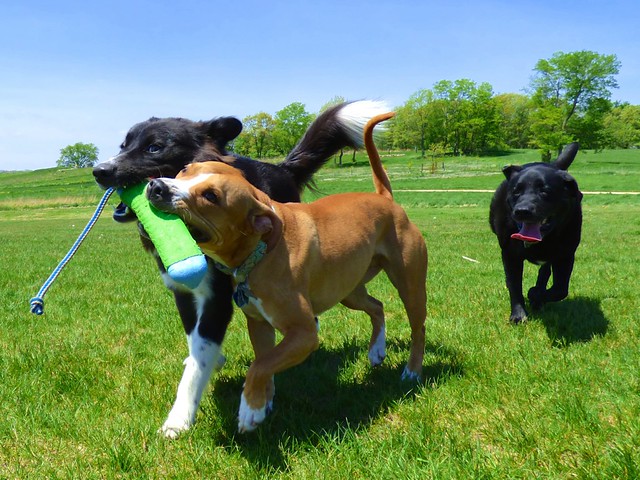 Cooper, Paisley, Zeus.
Cooper, Paisley, Zeus. 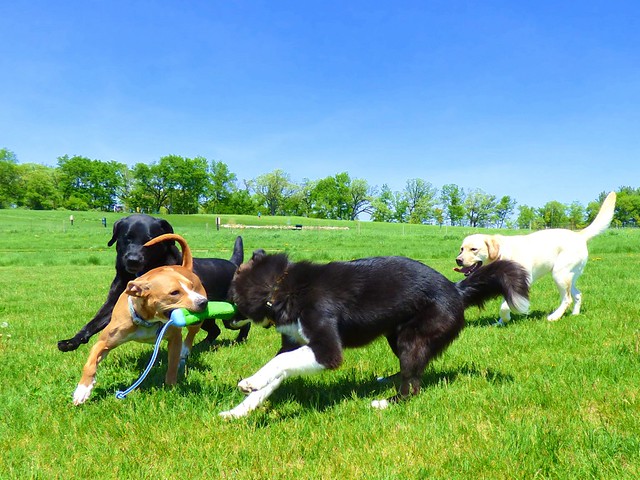
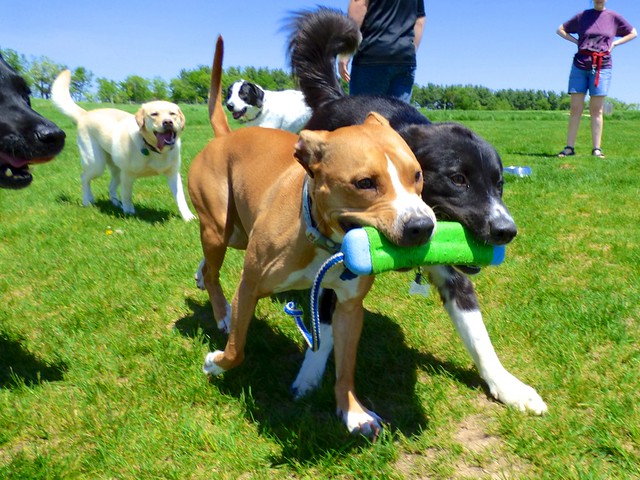 Zeus, Iris, Phoenix, Paisley, and Cooper.
Zeus, Iris, Phoenix, Paisley, and Cooper.
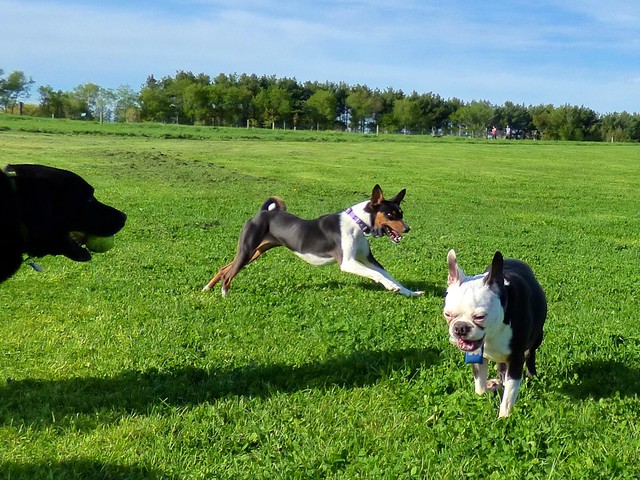 It's Tres and Buddy!
It's Tres and Buddy! 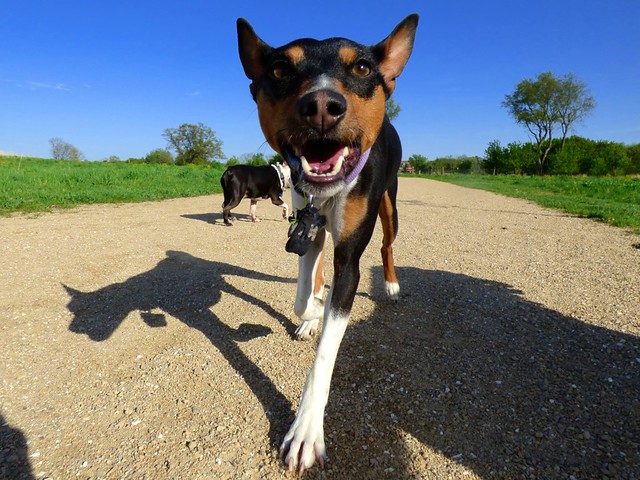 Tres is a 4 year-old tricolor Basenji.
Tres is a 4 year-old tricolor Basenji. 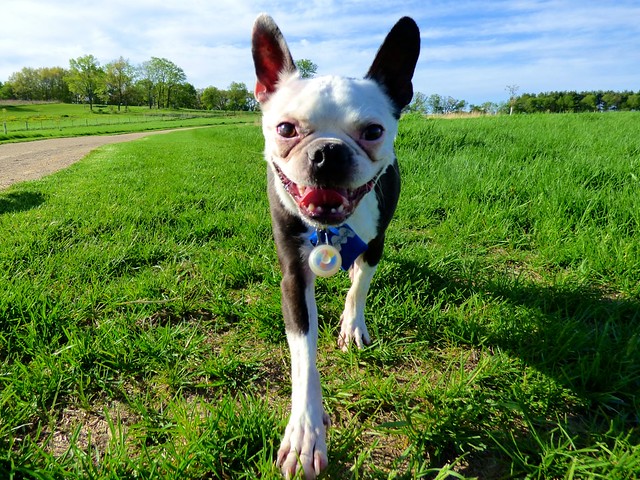 And Buddy is a 7 year-old Boston/French Terrier.
And Buddy is a 7 year-old Boston/French Terrier. 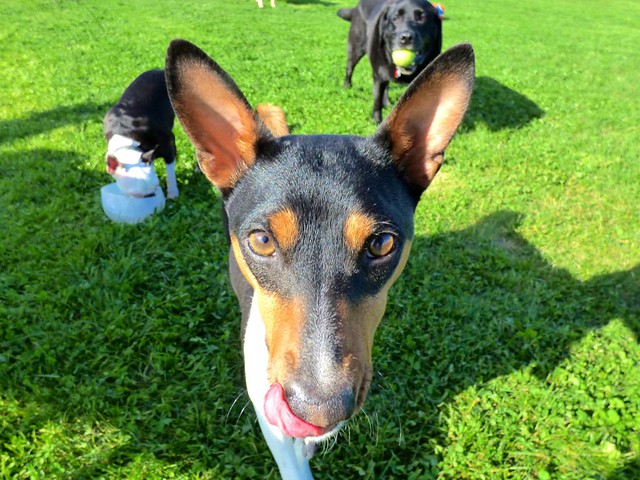
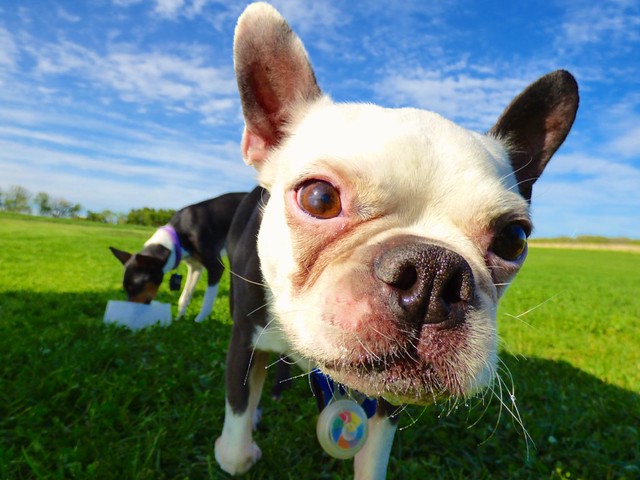
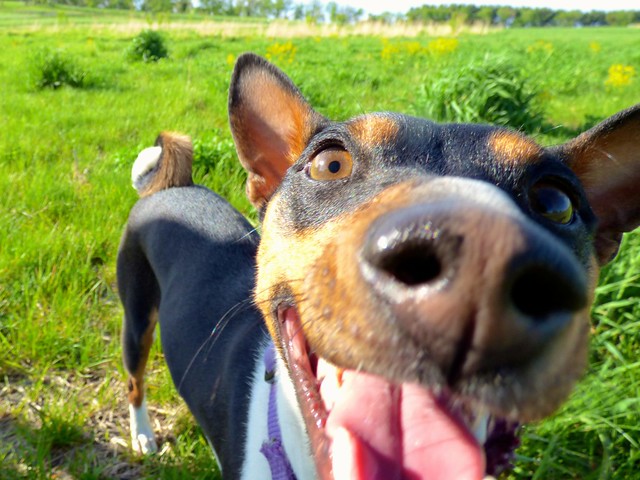 Smile.
Smile.
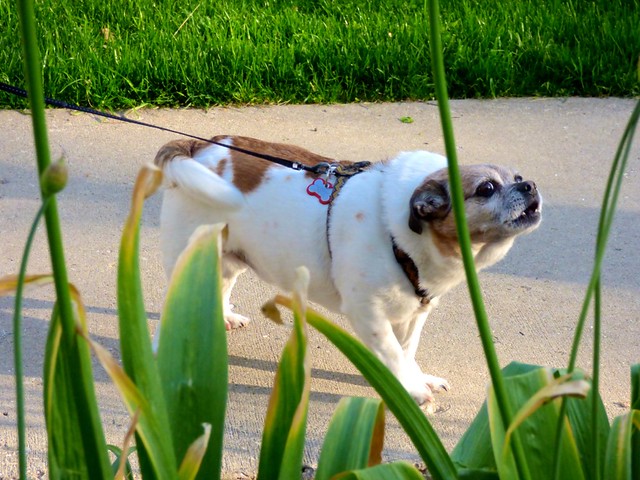
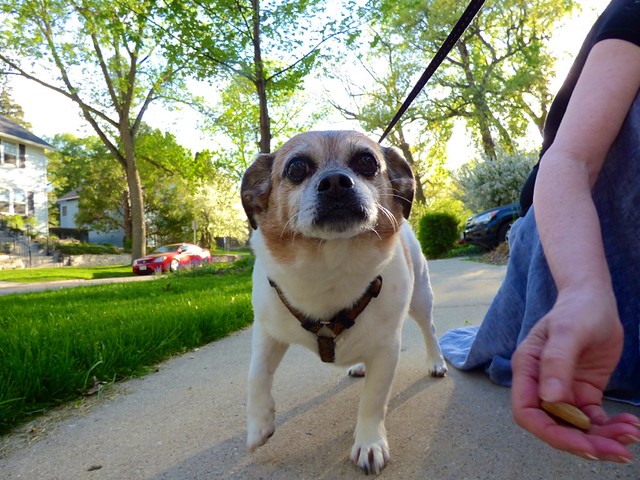 Hey, Buddy, want a biscuit? It's organic. Newman's Own®. Turkey & Sweet Potato. Breakable. Medium Size Treats. Made with Organic Sweet Potatoes. No Wheat. No Corn. Premium.
Hey, Buddy, want a biscuit? It's organic. Newman's Own®. Turkey & Sweet Potato. Breakable. Medium Size Treats. Made with Organic Sweet Potatoes. No Wheat. No Corn. Premium. 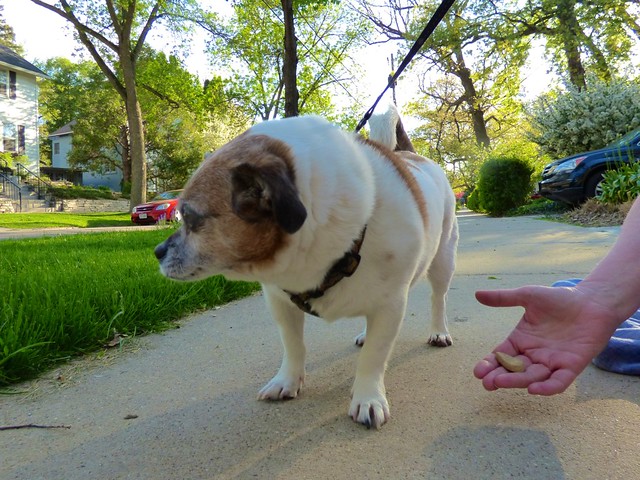 No? Well, how about a rub behind your ear then?
No? Well, how about a rub behind your ear then? 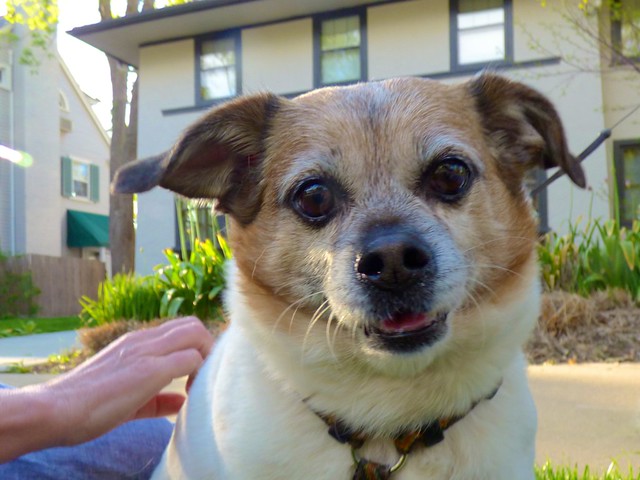
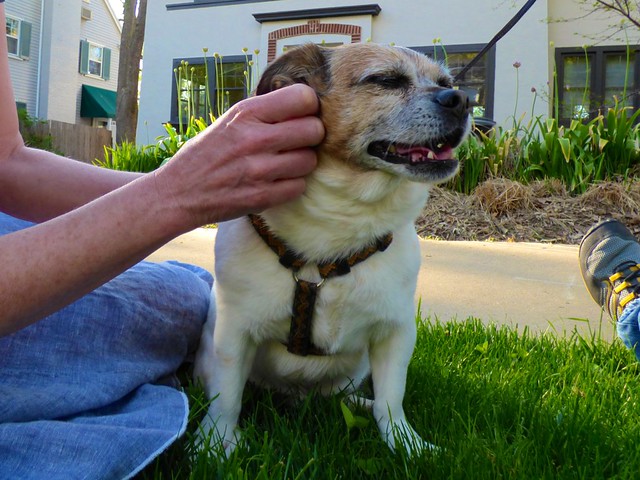 Ahh, that's more like it, huh?
Ahh, that's more like it, huh? 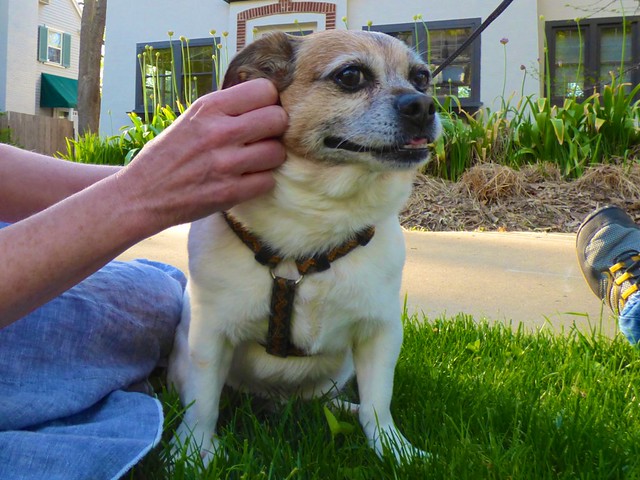 Alright, you come back and see us soon, you hear?
Alright, you come back and see us soon, you hear?
Take those two dogs. That yogalike pose is known as a “play bow,” and in the language of play it’s one of the most commonly used words. It’s an instigation and a clarification, a warning and an apology. Dogs often adopt this stance as an invitation to play right before they lunge at another dog; they also bow before they nip (“I’m going to bite you, but I’m just fooling around”) or after some particularly aggressive roughhousing (“Sorry I knocked you over; I didn’t mean it.”). All of this suggests that dogs have a kind of moral code — one long hidden to humans until a cognitive ethologist named Marc Bekoff began to crack it.Play bow prodigy, Jesse:
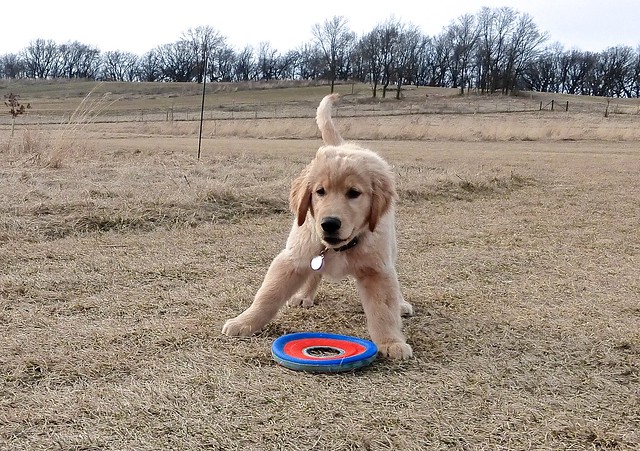 And an expert at dog play — a seasoned veteran...
And an expert at dog play — a seasoned veteran... 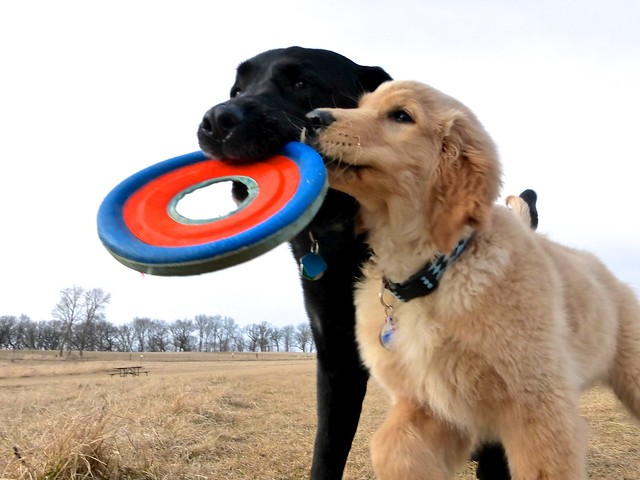 Zeus!
Zeus!